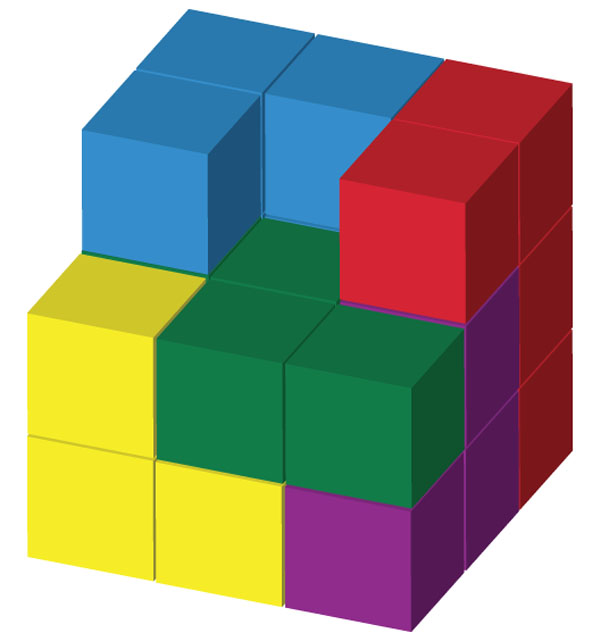“想摧毁其他人做事的兴趣,你就付钱让他去做这件事”
来自Edward Deci所进行过Soma拼图实验的启示
就像20世纪80年代初的魔方一样,帕克兄弟公司于1969年推出的索玛魔方益智游戏也曾风靡一时。它由七块积木组成,可以拼成一个正方体以及其他各种三维形状,深受成人和儿童的喜爱。爱德华·德西(Edward Deci)在研究生时期就利用这个令人着迷的魔方进行了一项研究,这项研究如今已成为动机心理学的里程碑。
简而言之,德西将大学生分成两组,每组都放在一个房间里,房间里放着一个索玛魔方和各种杂志。他指导参与者进行拼图,并为每个正确拼装的图案支付报酬。一段时间后,德西告诉学生们解谜时间到了,并补充说他将离开大约10分钟记录数据,之后会带着问卷回来。
但他并没有记录数据,而是在房间外观察这些小组。他发现了一个显著的差异:在很大程度上,获得报酬的参与者更有可能放下谜题,拿起杂志。而没有获得报酬的参与者则更有可能继续解谜。
正如德西后来解释的那样,这是一个“不付钱,不玩”的例子——也启发了数十年来关于人类动机的研究。
——凯伦·麦卡利

Like the Rubik’s cube of the early 1980s, the Soma cube puzzle game, released by Parker Brothers in 1969, was wildly popular. Consisting of seven pieces that could be assembled into a cube as well as a variety of other three-dimensional shapes, it was known to captivate adults and children. While still a graduate student, Edward Deci used the mesmerizing cube in a study that's now a landmark in motivational psychology.
In brief, Deci divided college students into two groups and placed each group in a room with a Soma cube and an assortment of magazines. He instructed the participants to work on the puzzle, but he offered to pay the members of one group for each design they correctly assembled. After a period of time, Deci told the students that puzzle-solving time was up, adding that he would leave for about 10 minutes to record data and would return with a questionnaire.
But rather than record data, he observed the groups from outside the rooms. He saw a noticeable difference: To a significant degree, paid participants were more likely to put down the puzzles and pick up the magazines. Participants who weren’t paid, on the other hand, were more likely to continue to work on the puzzles.
It was an instance, as Deci later explained, of “no pay, no play”—and an inspiration for decades of research on human motivation.
—Karen McCally
What motivates you? Two Rochester experimental psychologists are challenging some cherished assumptions.